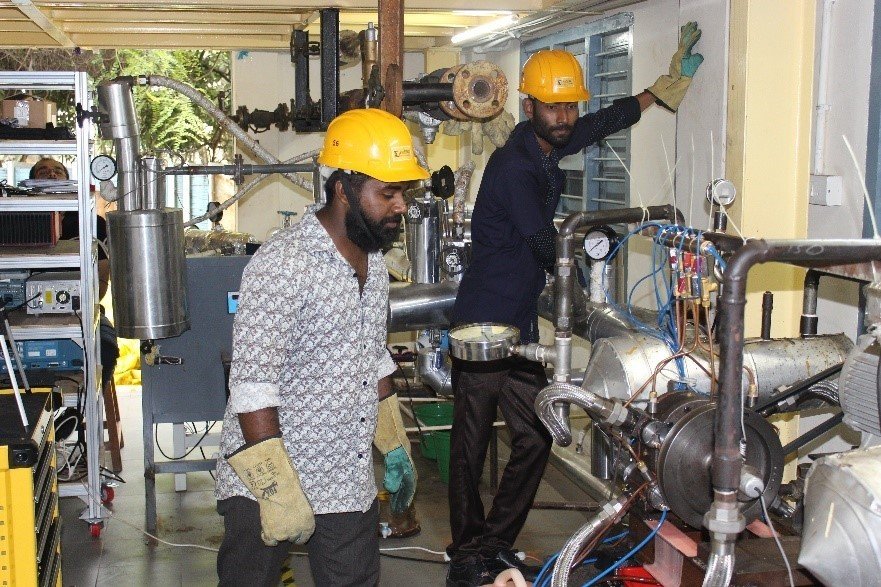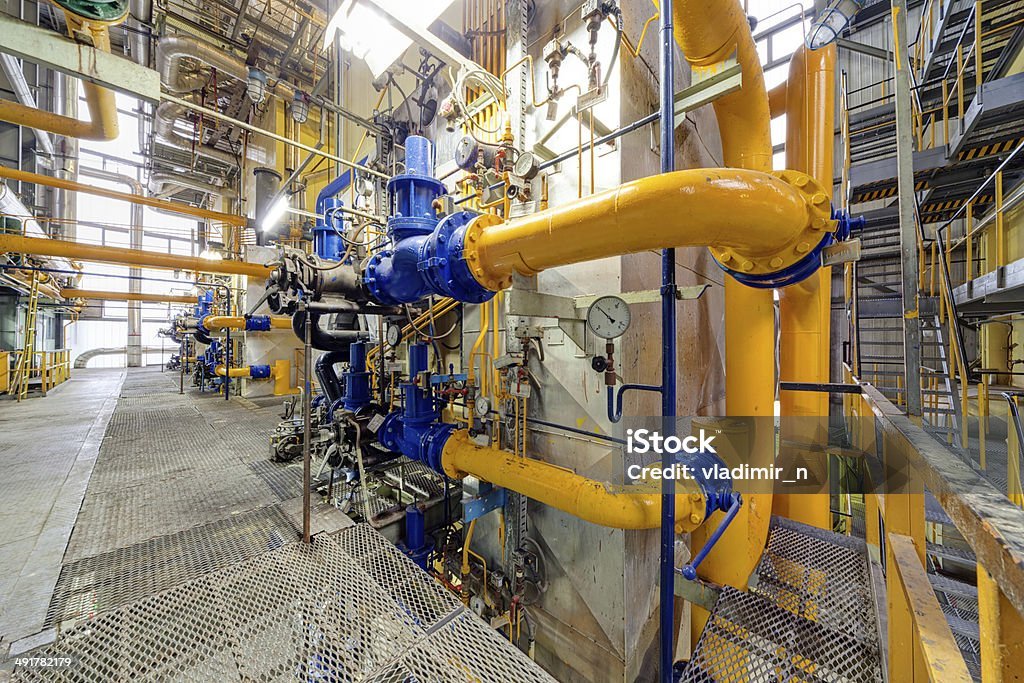Energy is the backbone of economic development in every country. The rapid economic growth has strained energy production and distribution all over the world. In a country with over 1.4 billion people, this becomes a major concern to the public as the mass outages can degrade the country’s economic growth. As per the 19th, Electric Power Survey (EPS) provided by the Central Electricity Authority (CEA), the installed power generation capacity of the country is around 393 GW as of 31 December 2021, and this is estimated to increase to a value of 817 GW by 2030 to cater to the anticipated electricity demands. The industrial sector alone constitutes up to 50 % of the total energy consumption in India. The need to effectively use the existing power infrastructure makes us understand the importance of energy conservation devices.
Process industries such as paper, dairy, textiles, breweries, medicines, etc. use steam for heating application due to its unique properties like high heat transfer coefficient, cheap, inert, and wide availability. Typical boiler pressures in the process industries range from 10-20 bar. Depending on the process requirement, the boiler pressure is reduced to process pressure using pressure reducing valve (PRV) by throttling. Industrial data shows that individual processes’ flow rate requirement typically varies from 1-3 tonnes/hr.
Throttling in PRVs from high-pressure steam to low pressures leads to exergy destruction. Exergy defines the maximum possible work potential. The reduction of exergy destruction during throttling can be achieved using isentropic expanders. Power generated during the expansion process reduces power consumption and essentially reduces the plant’s carbon footprint. The current technologies like micro-turbines, screw expanders and reciprocating expanders have very poor part-load efficiencies. The variation of steam flow rate in process industries makes part-load operation of expanders inevitable.
The dynamic volumetric control mechanism (Patent Publication no.: WO2020075182A1) technology developed by EnERG lab targets to improve the poor part-load efficiency of conventional expanders. The lab prototype (Phoenix 1.0) achieved a maximum isentropic efficiency of 85% during the initial trials. The subsequent prototype (Phoenix 2.0), designed to incorporate dynamic volumetric control, achieved 88% isentropic efficiency at full load and 80% efficiency at 50% load. Currently, researchers at the EnERG lab are working on the field trial version of the expander (Phoenix 3.0). The expander is designed to handle flow varying from 0.5 – 2 tonnes/hr producing power ranging between 10 to 100 kW depending upon the pressure differential available. This expander will be extensively tested in the industry for its performance and reliability characteristics.

Figure 1. Proof of concept demonstration

Figure 2. Phoenix 2.0 prototype
About 15 GW of power generation potential is mostly untapped in process industries due to the use of (PRV) for pressure reduction from boiler pressure to process pressure. This is almost equivalent to adding 75 – 100 GW of solar Photovoltaic installed capacity and is available at a fraction of the cost at Rs1.5/kWh. Incremental fuel consumption of the boiler is negligible, making this technology to reduce carbon footprint.
Sponsors: Department of Science and Technology, Government of India.
Author- Gautam Subburaj , Research Scholar, Indian Institute of Technology, Madras



